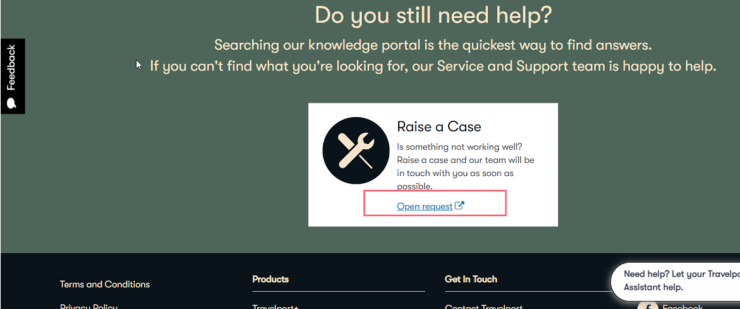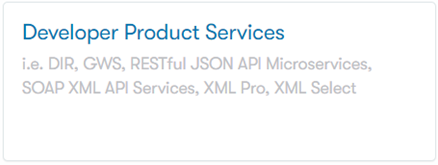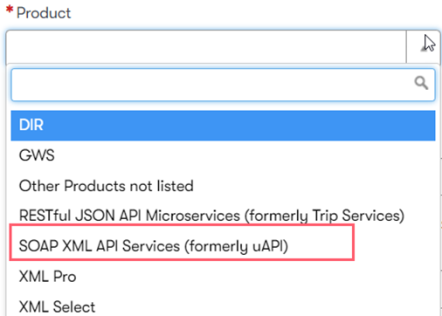Also known as Fare Display, Air Tariff returns all fares for the requested parameters, regardless of availability. Fare quotes can be displayed without an availability request being made. Tariff fares are often followed by a Fare Rules display to determine the requirements and/or penalties associated with a specific tariff fare, prior to determining availability. Therefore, tariff fare displays are often useful for fare-driven travelers.
Request
AirFareDisplayReq in AirFareDisplay service is used to request a tariff fare based on origin, destination, and other options.
- Use Carrier to specify up to 10 preferred carriers in a request.
- Use IncludeAddlBookingCodeInfo to include primary or secondary booking codes in the Fare Display response as a follow-on to the initial Fare Display. Only one type (primary or secondary) can be specified in a single request.
- Carriers can file fares in currencies other than those that are naturally associated with their specific markets. Use the AirFareDisplayModifiers/Filed Currency attribute to request fares in currencies other than those that are naturally associated with specific markets. If a carrier has filed fares in the specified currency, those fares are returned in the response.
- Optionally, use the Seasonal fare option in the AirFareDisplayReq/AirFareDisplayModifiers/@FareSearchOption="Seasonal" which allows consolidators
the ability to determine the seasonality of a specific fare when requesting a fare display to narrow the results to a specific season.
Release 19.1
This functionality requires @FareSearchOption = "Seasonal" and @DepartureDate in the Air Fare Display Modifiers.
- The response populates the FareRestrictionSeasonal element.
- If using the Travelport Search Control Console (SCC), it is optional to use AirFareDisplayReq to activate or override the SCC filters.
 Show details
Show detailsFor customers using the Search Control Console (SCC), SCC attributes were added to AirFareDisplayReq for Galileo (1G), Apollo (1V), and Worldspan (1P) as follows:
SCC and COA is used by agency administrators to create business rules for filtering certain air shopping results. Two optional attributes allow SCC / COA users to either activate or override these filters:
- ChannelID, which activates an SCC / COA filter for a portion of travelers served by the agency PCC, such as a specific corporation or group.
- NSCC, which is used to bypass or override a specific SCC / COA rule.
These attributes were added to AirFareDisplayReq and to the AirPricingModifiers element in LowFareSearchReq, LowFareSearchAsynchReq, and AirPriceReq for Galileo (1G), Apollo (1V), and Worldspan (1P). They were also added to AirCreateReservationReq and AvailabilitySearchReq in release 17.1 for 1G and 1V.
Only one attribute can be used in a single request, either ChannelID or NSCC. If both are used together, or if an SCC / COA rule is violated, Universal API does not send the transaction response and returns an error.
Note the following:
- ChannelID: Four-character alphanumeric string. Values should be uppercase for 1G and 1V; lowercase values for 1P (if supported for that transaction) may or may not be processed so uppercase is recommended. If an invalid user ID and a valid attribute value are sent, the message AGENT NOT AUTHORISED is returned. In the case of an invalid ID format, the following messages are returned:
- 1G: INVALID MODIFIER
- 1V: INVALID INPUT
- 1P: The attribute is ignored and a successful response is returned.
- NSCC: Valid values for the rule type identifer number to be sent are 000 to 999. If an invalid user ID and a valid attribute value are sent, the message AGENT NOT AUTHORISED is returned. In the case of an invalid ID format, the following messages are returned:
- 1G: INVALID MODIFIER
- 1V: INVALID INPUT
- 1P: ERR10 INVALID
Note: If your client application does not use SCC or COA, do not use these attributes. Please contact your Travelport representative if you would like additional information.
SCC and COA is not applicable to Airline Content Hub (ACH).
Response
Tariff fares are returned in AirFareDisplayRsp.
FareDisplay/TicketingCode and FareDisplay/Ticketing Designator display in the response so a user can differentiate between fares. For example if a child fare has the same fare basis code as an adult fare, but the child fare is discounted, the fare basis code may be WX21DNO1 for both, but the ticketing designator for the child fare may be WX21DNO1CH, different than the adult fare.
@AutoPriceable displays in FareDisplay/FarePricing to show the absence or presence of rules associated with a particular fare. If rule data is unavailable or incomplete for a fare from the provider, then the fare is not available for automatic pricing (auto-pricing) by the provider’s system. In most cases, fares with unavailable or incomplete rule data are also not available for manual pricing. When AutoPriceable is "false", the fare is not available for auto-pricing.
Next Steps
To obtain fare rules associated with the selected fare, a subsequent Fare Rules request is required.
Exceptions
The following request parameters apply to Galileo:
-
Galileo supports a maximum of three preferred carriers in a request.
-
If a Booking Code is specified, exactly one Carrier code must also be specified. If more than one or no Carrier code is included in the request, an error message is returned.
-
Galileo supports Fare Display for all simple One-Way (OW) and Round-Trip (RT) itineraries. In some cases, complex Half Round-Trip (HRT), Circle Trips (CT), and Round-the-World (RTW) itineraries are also supported.
- Fare Type, Booking Code, and Fare Basis Codes are mutually exclusive in the request. If more than one modifier is requested, an error is returned.
- Galileo supports one secondary booking code in a request.
However, if any segments from any simple itineraries are selected, no segments from a complex itinerary can be selected, and vice versa. If a request includes mixed simple and complex itinerary segments, an error is returned.
The following response parameters apply to Galileo:
-
FareRoutingInformation (text) is available on Galileo only as a follow-on request.
-
TicketingLatestDate may not have a year.
- Worldspan supports a maximum of three secondary booking codes; however, the current release supports only one secondary booking code. Functionality for additional secondary codes will be added in a forthcoming release.
- Worldspan does not support the following request parameters:
- Unsaleable fares.
- PointOfSale. Any value provided is ignored, and a warning is sent in the response: "Separate PointOfSale not supported by provider".
- Worldspan does not support the following response parameters:
- Surcharge Information as part of the MPM information. This data can be obtained through a AirFareRulesReq.
- Contract Code modifier.
- AutoPriceable.
- Worldspan displays only the FareDisplay/Ticketing Designator because Worldspan does not return a separate Ticketing Code.
-
Fare Display for Worldspan (1P) does not support Fare Basis Code as a modifier.
Note: Rules for a particular fare basis code can be retrieved from the fare rules response after the fare rules request is sent with the fare display rule key from the previous fare display response.
Fare display functionality is not supported by ACH suppliers.


